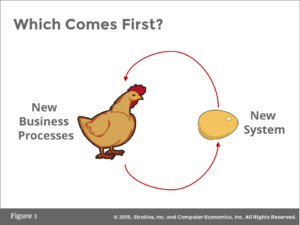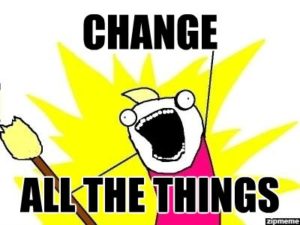POCs or proof of concepts are project initiatives to test drive a product to ensure it works for your business needs, and functions in the way it is promoted. From the perspective of the evaluator making the decision on what software application to invest in, they can make a lot of sense. It can also make a fair amount of sense to do a POC if you are the enterprise software service provider. This is a “simple” way to have the customer use the system and gives the software provider opportunities to engage the end users and create stickiness in key business functions.
There are several considerations that the customer and the provider need to make before deciding whether a proof of concept is the right approach.
- What’s the goal? Can a POC be created to cover the key requirements with reasonable effort, cost and time commitments of business users and the software provider? For software providers, on boarding a customer to specific functionality for a POC is no different than on-boarding that customer in a full implementation. There may be an additional level of involvement of both the business users and the software provider to make the business use case successful. Are all sides ready for this level of commitment?
- Is the scope small enough that it’s not cost prohibitive, but large enough that the solution covers the critical requirements for you to make a long term decision?
- What defines success and/or failure? Are you looking for specific outcomes (i.e. replacement of a specific system, improved performance, reduced costs, etc) for a set of business processes? Are there broader use cases that these component functionalities are only a small part of?
- Is everyone on board? Software POCs need customer decision makers, customer business users, and customer IT resources sometimes. They also need some combination of sales, developers, analysts, integrators, dev ops and project managers from the service provider. Does everyone understand the POC? Are they committed to the process? the goals? the fact that this is a POC and not a full implementation?
POCs can be quite successful. They can be a great way to quickly spin up a core set of functionality to enable customers to get in and experience what you have to offer. It works best when the scope is limited, and fully understood.
All that said, I think it’s still important to express what a POC is not. A POC is not a replacement for a full software implementation. The breadth and depth of enterprise software is way too complex to showcase, and hone all the business processes in a “small” POC. It is also not a trick to get development and integration components done before the actual project begins.
To POC or not is up to you, your company culture (and tolerance for these types of projects), and that of the software provider you are working with.







 We are often reminded that words should be deliberate, and that sometimes words can hurt. In project management, these are applicable. More importantly, we need to be very conscious of the image that our words present. New projects are often opportunities to deepen the customer relationship. If all project stakeholders aren’t careful about the language they use, the customer or team can get the wrong impression.
We are often reminded that words should be deliberate, and that sometimes words can hurt. In project management, these are applicable. More importantly, we need to be very conscious of the image that our words present. New projects are often opportunities to deepen the customer relationship. If all project stakeholders aren’t careful about the language they use, the customer or team can get the wrong impression.
